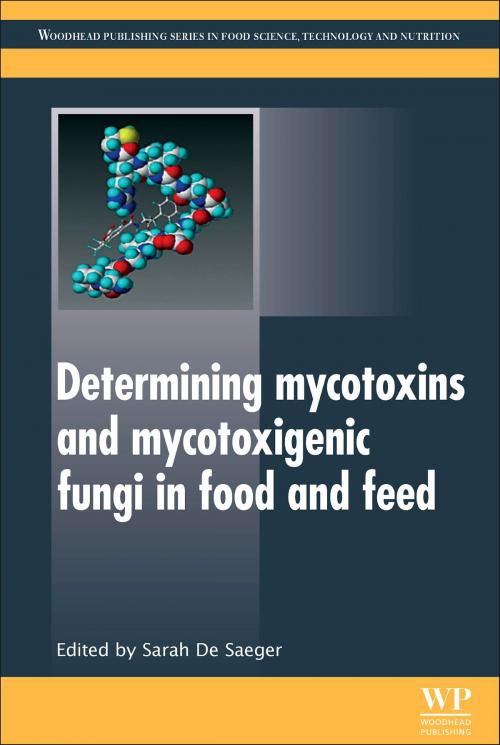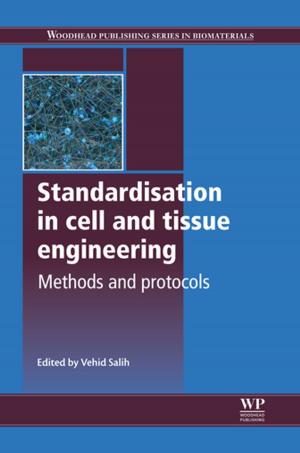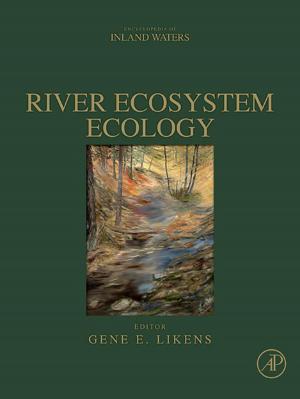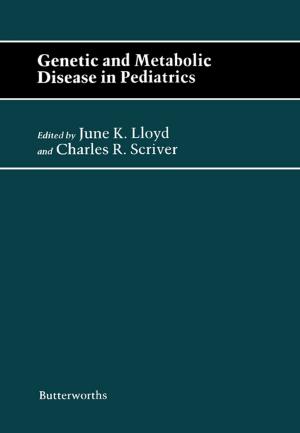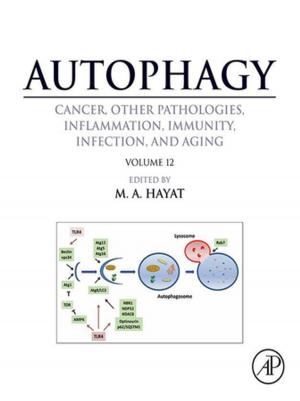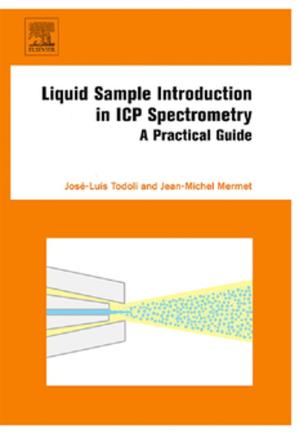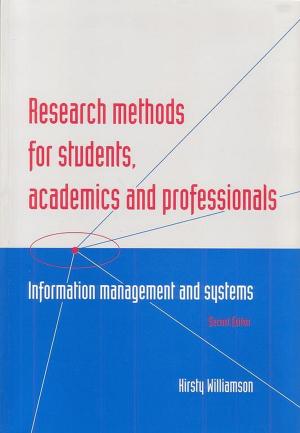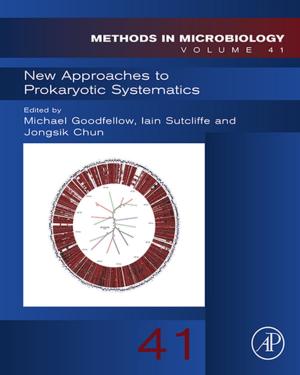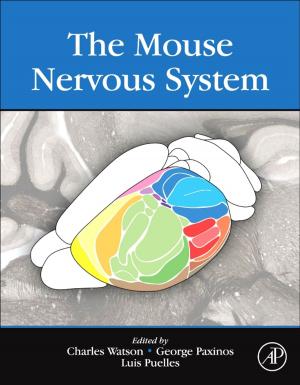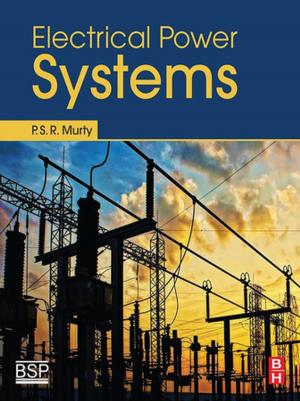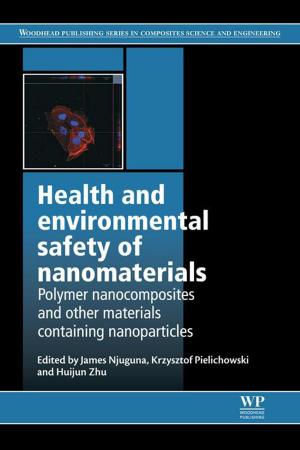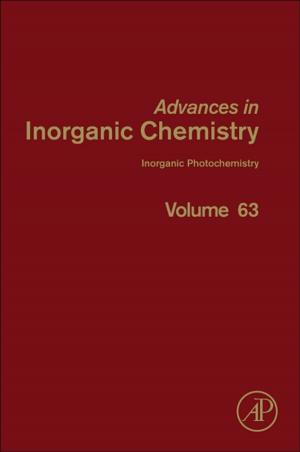Determining Mycotoxins and Mycotoxigenic Fungi in Food and Feed
Nonfiction, Health & Well Being, Medical, Specialties, Toxicology, Science & Nature, Technology, Food Industry & Science| Author: | ISBN: | 9780857090973 | |
| Publisher: | Elsevier Science | Publication: | February 7, 2011 |
| Imprint: | Woodhead Publishing | Language: | English |
| Author: | |
| ISBN: | 9780857090973 |
| Publisher: | Elsevier Science |
| Publication: | February 7, 2011 |
| Imprint: | Woodhead Publishing |
| Language: | English |
Mycotoxins - toxic secondary metabolites produced by mycotoxigenic fungi – pose a significant risk to the food chain. Indeed, they may be the most hazardous of all food contaminants in terms of chronic toxicity and legislative limits on their levels in food and feed continue to be developed worldwide. Rapid and reliable methods for the determination of both mycotoxigenic fungi and mycotoxins in food and feed are therefore essential. This book reviews current and emerging methods in this area.
Part one focuses on the essentials of mycotoxin determination, covering sampling, sample preparation and clean-up and key determination techniques, such as chromatographic separation, liquid chromatography-mass spectrometry and immunochemical methods. Part two then goes on to describe quality assurance, official methods and performance criteria for determining mycotoxins in food and feed. Topics covered include laboratory accreditation, method validation and measurement uncertainty. The development and analysis of biomarkers for mycotoxins are discussed in part three. Individual chapters focus on detecting exposure in humans and animals. Part four is concerned with the processes involved in determining mycotoxigenic fungi in food and feed. It also describes the identification of genes and gene clusters involved in mycotoxin synthesis, as well as DNA barcoding of toxigenic fungi. Finally, part five explores some of the emerging methods for mycotoxin analysis, ranging from bio-sensing to spectroscopic techniques.
With its distinguished editor and international team of contributors, Determining mycotoxins and mycotoxigenic fungi in food and feed is a standard reference for all those concerned with reducing mycotoxin contamination in the food chain.
- Focuses on the essentials of mycotoxin determination, covering sampling, sample preparation, clean-up and key determination techniques
- Documents quality assurance and official methods and performance criteria for determining mycotoxins in food and feed
- Explores the processes of determining mycotoxigenic fungi in food and feed including the identification of genes and gene clusters
Mycotoxins - toxic secondary metabolites produced by mycotoxigenic fungi – pose a significant risk to the food chain. Indeed, they may be the most hazardous of all food contaminants in terms of chronic toxicity and legislative limits on their levels in food and feed continue to be developed worldwide. Rapid and reliable methods for the determination of both mycotoxigenic fungi and mycotoxins in food and feed are therefore essential. This book reviews current and emerging methods in this area.
Part one focuses on the essentials of mycotoxin determination, covering sampling, sample preparation and clean-up and key determination techniques, such as chromatographic separation, liquid chromatography-mass spectrometry and immunochemical methods. Part two then goes on to describe quality assurance, official methods and performance criteria for determining mycotoxins in food and feed. Topics covered include laboratory accreditation, method validation and measurement uncertainty. The development and analysis of biomarkers for mycotoxins are discussed in part three. Individual chapters focus on detecting exposure in humans and animals. Part four is concerned with the processes involved in determining mycotoxigenic fungi in food and feed. It also describes the identification of genes and gene clusters involved in mycotoxin synthesis, as well as DNA barcoding of toxigenic fungi. Finally, part five explores some of the emerging methods for mycotoxin analysis, ranging from bio-sensing to spectroscopic techniques.
With its distinguished editor and international team of contributors, Determining mycotoxins and mycotoxigenic fungi in food and feed is a standard reference for all those concerned with reducing mycotoxin contamination in the food chain.
- Focuses on the essentials of mycotoxin determination, covering sampling, sample preparation, clean-up and key determination techniques
- Documents quality assurance and official methods and performance criteria for determining mycotoxins in food and feed
- Explores the processes of determining mycotoxigenic fungi in food and feed including the identification of genes and gene clusters
